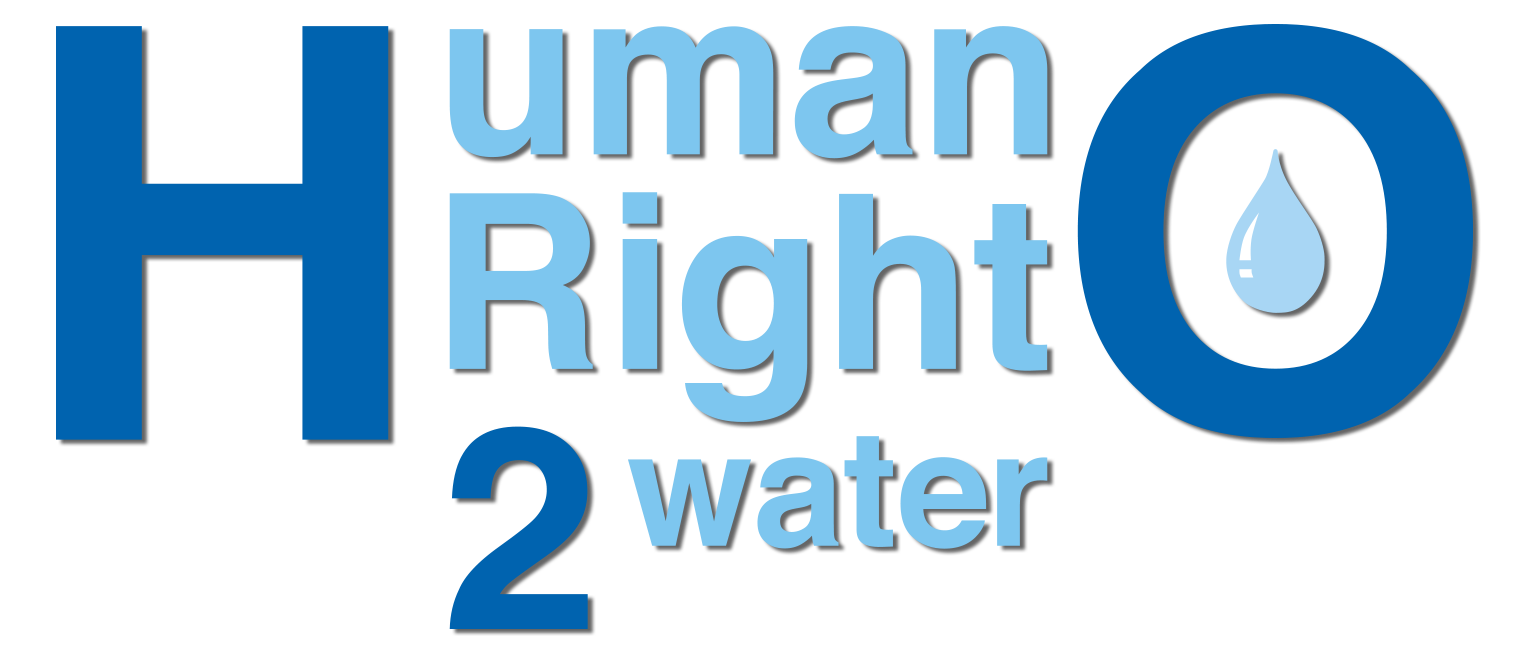Human Right 2 Water has partnered with several stakeholders to develop several projects in Honduras. You can find below a summary of the programmes we have participated in to help authorities guarantee the human rights to water and sanitation as well as other rights into their constitution. It is thanks to the support of the Organisation of American States, Inter-American Development Bank and White and Case that we are able to continue to provide these services.
Regional Programme in Trifinio, 2023

Country Assessment for Honduras, 2023

Legal Country Mapping for Honduras, 2018

Regional Programme
The Trifinio Region lies in Central America, at the confluence of three countries: Guatemala, Honduras and El-Salvador. The Lempa River is one of the longest is Central America, with the majority of the Basin in El Salvador (56%), and the other portion in Honduras (30%) and Guatemala (14%). Human Right 2 Water is involved in this programme to bring the human rights based approach into the transboundary water governance programme that is being driven by the Organisation of American States in the Trifinio Region. The objectives of the programme are to enhance water security through early warning systems, regional cooperation, and through investments in water, food, energy and environment security.
For this project, Phase 1 consisted in developing a situation analysis, a stakeholder mapping and a capacity gap analysis. It is thanks to the Organisation of American States and the Inter-American Development Bank that we are able to participate in this project.
Read more about this project: here.


Country Assessment
The recognition of the right to a safe, clean, healthy and sustainable environment emerges in response to the increasing environmental degradation that endangers the ability of future generations to enjoy this human right. In October 2021, through the adoption of Resolution 48/13, the Human Rights Council first recognized the right to a clean and healthy environment. This resolution is a call for states to cooperate together and build capacity to protect the environment. Then, in July 2022, the human right to a clean and healthy environment was officially recognized as a human right by the General Assembly. Furthermore, this resolution has also focused on raising awareness that human rights cannot be addressed individually. Instead, states and actors need to focus on integrating and ensuring the realization of all human rights alongside the right to a healthy environment.
As a result, HR2W has refined our country legal mapping to also include the water related elements of human right to a safe, clean, healthy and sustainable environment. This methodology is framed around our usual assessment on the human rights to water and sanitation.
We acknowledge with thanks, the support from White and Case for applying this assessment to Honduras, the report of which can be found with the other country mappings on this page here.
Legal Country Mapping
Legal and policy mappings access the extent to which the human rights to water and sanitation are included in national legislation and provide an invaluable tool for identifying areas of concern.
This review of national and international water governance frameworks is made in with the international human rights legal framework in mind. Through this analysis we can identify laws which support realisation of access to safe water and adequate sanitation.
Beyond finding the laws which are present, one key component of the mapping involves identifying the gaps within the framework where the laws do not include the various normative criteria for the rights to water and sanitation. The identification of these gaps most significantly provides an opportunity to begin dialogue and action in the way of law and policy reform extending to supporting practical implementation to further the fulfilment of the human rights to water and sanitation.
The Legal Country Mapping was first completed in 2018. The Country Assessment which also includes the human right to a clean, safe and healthy environment (adopted by the UNGA on July 2022 resolution (A/76/L.75)) is a more recent assessment, completed in 2023. For access to the original Legal Country Mapping studies view here.

